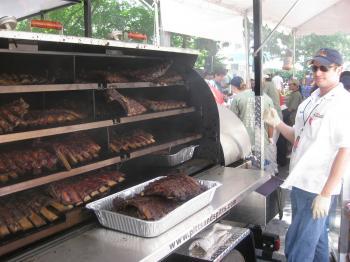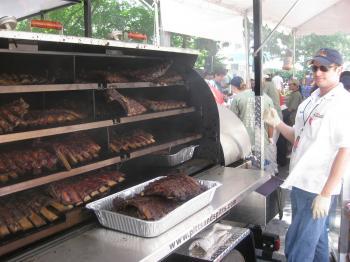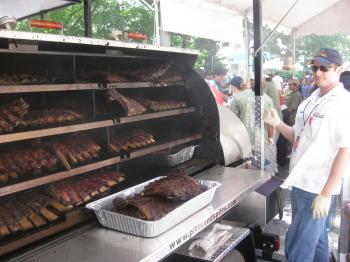All over America, July 4th, Independence Day, is celebrated by people from all walks of life and from all parts of the world. It is usually an all-day celebration with the rousing tunes of marching bands’ drums and brass instruments by day and the resounding thunder of fireworks by night. Meanwhile, hot grills and barbecues pits cook meat for families and friends to enjoy together. However, July 4th is not the only time for delicious barbeque, and America is not the only place with a barbeque tradition. The Epoch Times asked its reporters from around the world to share their experience with barbeque in their local countries. Here are a few of responses we got.
Hill Country Restaurant, New York City
By Nadia Ghattas
Epoch Times Staff








